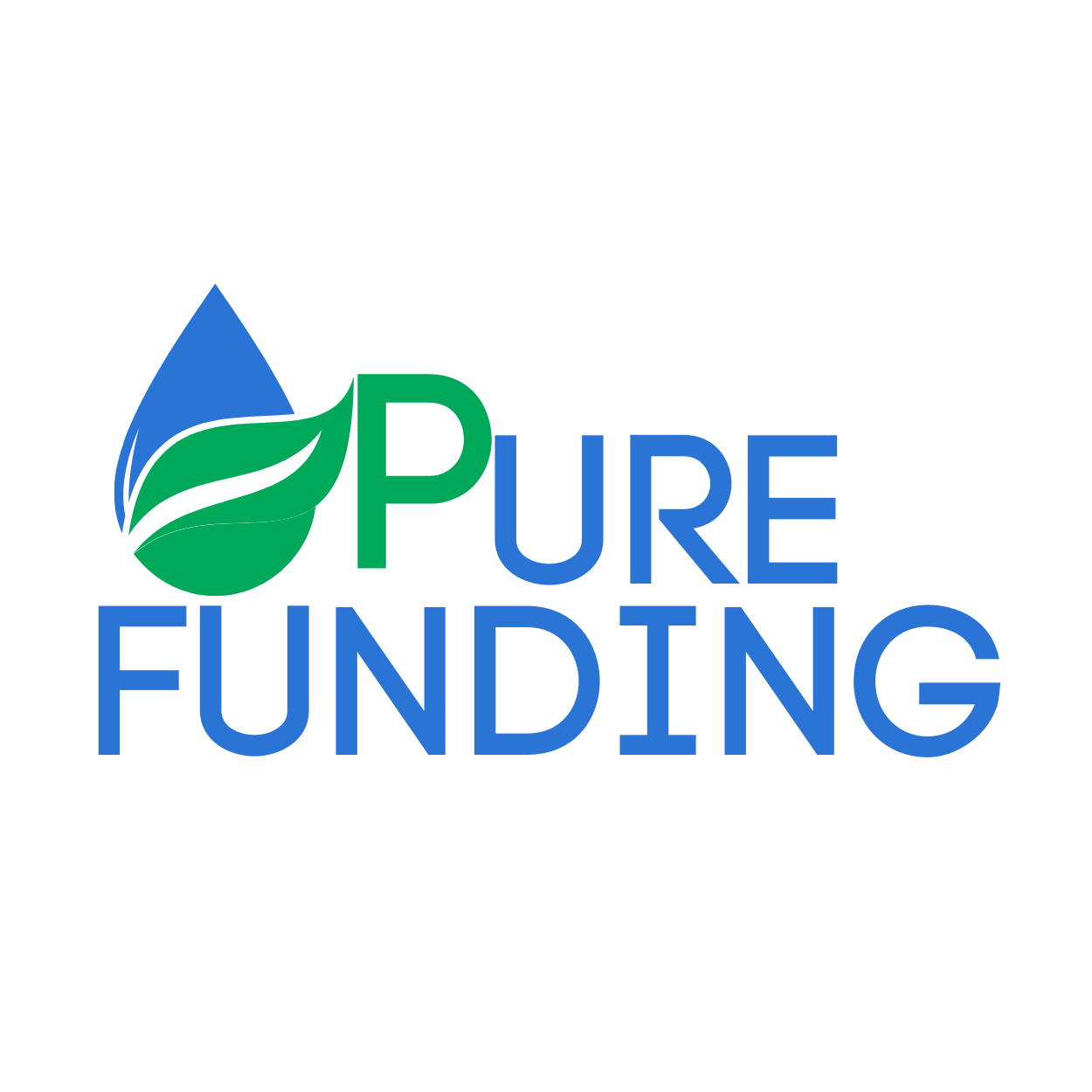
MORTGAGE PLAN
At Pure Funding we are here to help guide you through the mortgage process and help you generate wealth through your real estate investment.
Pure Funding Guide to your Mortgage Plan
A good mortgage plan has several key components that work together to ensure affordability, manageability, and long-term financial well-being. Here are the essential elements that Pure Funding can help make your home ownership dream come true:
1. What can I afford?:
Realistic Budget: Determine how much you can comfortably afford for a monthly mortgage payment, considering all your other financial obligations (debts, living expenses, savings goals). Don't just focus on the maximum you might qualify for.
Down Payment: A larger down payment reduces the loan amount, potentially leading to lower monthly payments, a better interest rate, and avoidance of Private Mortgage Insurance (PMI). Less than 20% down will require PMI on most loans.
Closing Costs: Factor in all upfront costs associated with the mortgage, such as appraisal fees, title insurance, origination fees, discount points, homeowners insurance, and taxes.
2. Choosing the Right Mortgage Product:
Fixed-Rate vs. Adjustable-Rate:
Fixed-Rate: Offers stable interest rates and predictable monthly payments for the life of the loan. Ideal for long-term homeowners who prefer budget certainty.
Adjustable-Rate (ARM): Starts with a lower interest rate for a specific period, after which the rate adjusts based on market conditions. It can be beneficial for those planning to move or refinance within the initial fixed-rate period, but carries the risk of payment increases. (Typically for experienced clients and understand the potential risks of these products).
Loan Term: Common terms are 15, 20, or 30 years. A shorter term means higher monthly payments but less total interest paid over the life of the loan, allowing you to build equity faster. A longer term results in lower monthly payments but more interest paid overall.
Loan Type: Explore different loan types to see which best suits your situation:
Conventional Loans: Not government-backed, often requires a higher credit score and down payment.
FHA Loans (Federal Housing Administration): Insured by the government, often has lower down payment and credit score requirements, but typically requires mortgage insurance.
VA Loans (Department of Veterans Affairs): For eligible veterans and active-duty military, often with no down payment and no private mortgage insurance.
USDA (U.S. Department of Agriculture): For eligible rural and suburban homebuyers, often with no down payment.
Jumbo Loans: For loan amounts exceeding conventional loan limits.
Non-QM Loans: Designed for borrowers that do not meet traditional lending requirements: Self-employed borrowers, Investors,
3. Securing a Favorable Interest Rate and Terms:
Credit Score: A higher credit score typically qualifies you for lower interest rates. Review your credit report and address any errors before applying for a mortgage.
Understand APR: Pay attention to the Annual Percentage Rate (APR), which includes the interest rate plus other loan costs, providing a more accurate picture of the total cost of borrowing.
Down Payment: For mortgages, making a larger down payment can reduce the loan amount and the lender's risk, potentially leading to a lower interest rate.
4. Understanding All Costs and Fees:
Principal and Interest (P&I): The core of your monthly payment.
Property Taxes: Often included in your monthly payment and held in escrow.
Homeowners Insurance: Also usually included in your monthly payment and held in escrow.
Private Mortgage Insurance (PMI): Required by most lenders if your down payment is less than 20% on a conventional loan.
Escrow Account: Understand how your lender manages property taxes and homeowners insurance through an escrow account.
5. Flexibility and Future Planning:
Prepayment Options: Check if there are any penalties for making extra payments or paying off the mortgage early.
Refinancing Potential: Consider how future interest rate changes might affect your ability or desire to refinance.
6. Tools to help you through your mortgage plan:
· Sign up for your Home Wealth Report: Contact your loan officer for link.
· Protect your credit and personal information: OptOutPrescreen.com
· Get your annual credit report: https://www.annualcreditreport.com/index.action
In summary, a good mortgage plan is tailored to your individual financial situation, considers both short-term affordability and long-term costs, and provides a clear understanding of all the terms and obligations involved.
